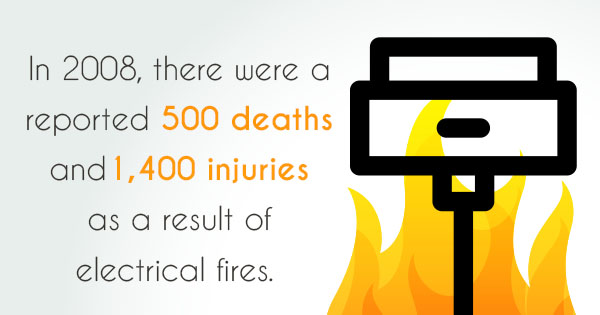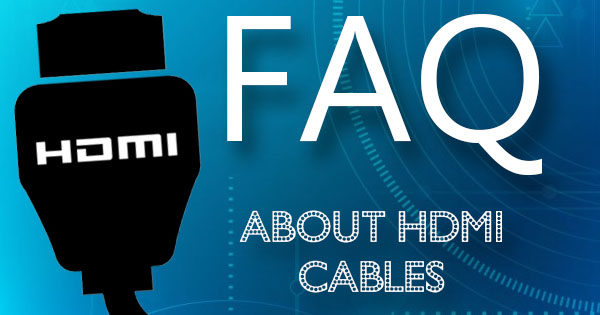
Fiber optics. You’ve probably heard the term on a television commercial or in relation to a broadcast/communications carrier in some capacity, but did you know there are actually different varieties and specifications of fiber optic cables?
For example, standard commercial uses of fiber optic cables can transmit 10 to 80 Gigabits per second over just one channel. The current record for transmission speed is 15.5 Terabits per second over a distance of 7,000km, according to reports. For a clearer perspective, that’s the equivalent of 10.3 million DSL connections.
Another version of fiber optic cabling is known as Ethernet fiber converters. Copper-based Ethernet cables, such as Cat5e and Cat6, only have a maximum distance of 328 feet, but with an Ethernet fiber converter, they have the potential of up to 1.2 miles.
Most fiber optic cables use two fibers, but there are also Single Mode cables. Single Mode cables contain a single strand of glass fiber with a diameter of 8.3 to 10 microns and have one mode of transmission. Single Mode Fiber have a relatively narrow diameter, through which only one mode will propagate typically 1310 or 1550nm.
Single Mode fiber is typically used in applications where data is sent at multi-frequency, such as WDM (Wave-Division-Multiplexing), so that only one cable is required. Single Mode is a bit more expensive, but it also transmits data faster and up to 50 times farther than Multi-mode.
That being said, Multi-mode fiber does have its uses. Multi-mode cables have a bigger diameter, which is usually in the 50 to 100 micron range for the light carry component (in the U.S. the most common size is 62.5um). Multi-mode fiber gives you high bandwidth at high speeds (10 to 100Mbs – Gigabit to 275m to 2km) over medium distances. Two fibers are typically used in applications where Multi-mode fiber is used.


 We hear a lot of things about the dangers of cell phones and cell phone accessories — like non-Apple iPhone chargers — from people who don’t know much about electronics and technology. But what bits of advice are actually valid? Bulk USB cables, lightning cables, general cell phone cables — how much do you really know about tech safety and maintenance?
We hear a lot of things about the dangers of cell phones and cell phone accessories — like non-Apple iPhone chargers — from people who don’t know much about electronics and technology. But what bits of advice are actually valid? Bulk USB cables, lightning cables, general cell phone cables — how much do you really know about tech safety and maintenance?
 Fiber optics. You’ve probably heard the term on a television commercial or in relation to a broadcast/communications carrier in some capacity, but did you know there are actually different varieties and specifications of fiber optic cables?
Fiber optics. You’ve probably heard the term on a television commercial or in relation to a broadcast/communications carrier in some capacity, but did you know there are actually different varieties and specifications of fiber optic cables?
